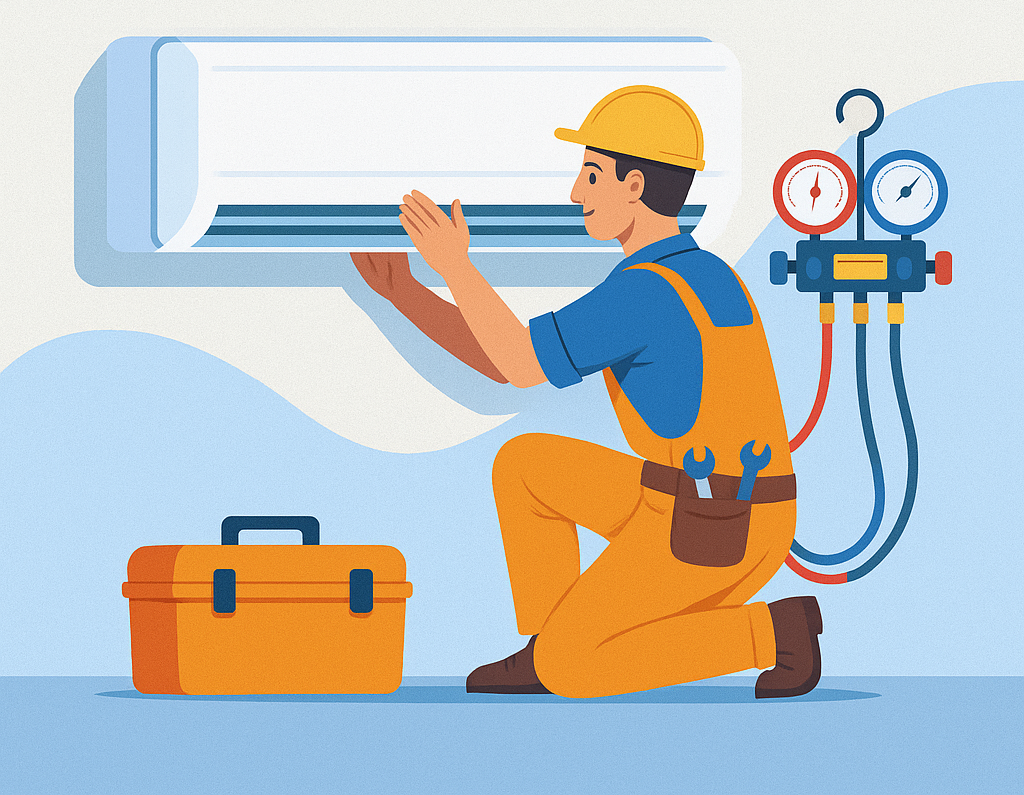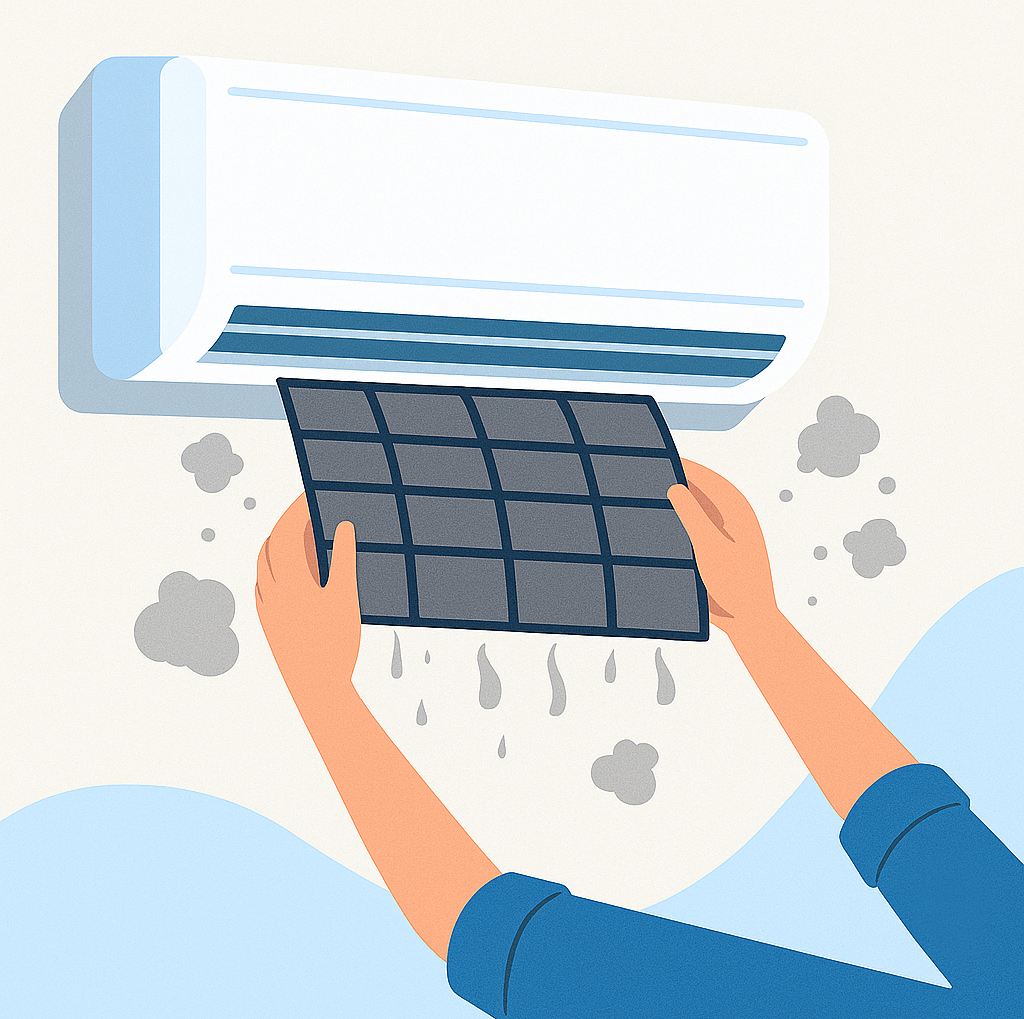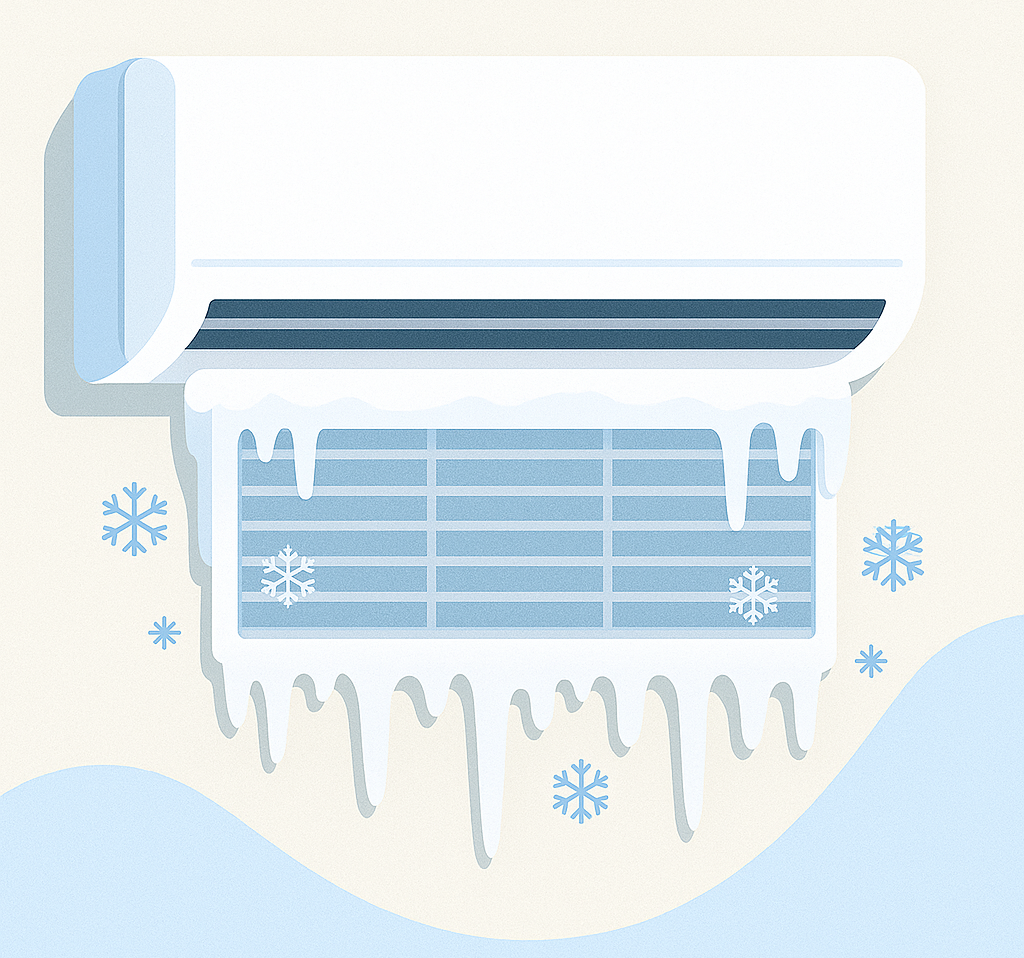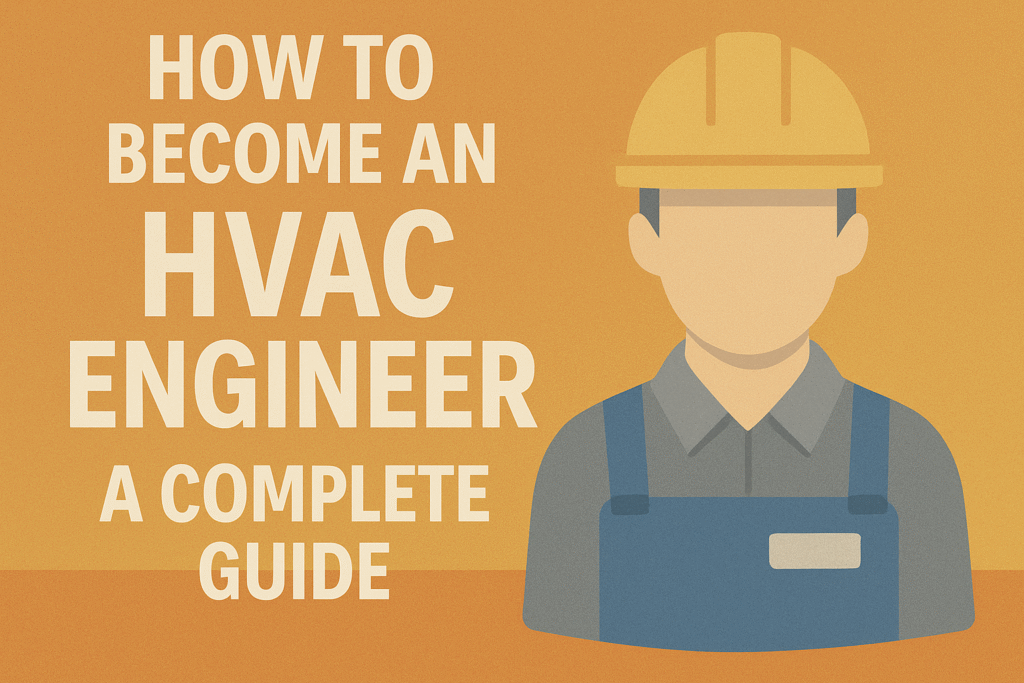Introduction
When your air conditioner stops working properly, it can feel like a crisis, especially during the peak of summer. Whether it’s a minor inconvenience or a major malfunction, knowing how to identify and fix common AC issues can save you time, money, and stress. In this comprehensive air conditioner repair guide, we’ll help you troubleshoot the most frequent problems, explore DIY solutions, and understand when it’s best to call in a professional.
Why Timely Air Conditioner Repair is Important
Ignoring small issues in your air conditioner can lead to bigger, costlier problems over time. Timely repairs help in maintaining energy efficiency, ensuring optimal cooling performance, and extending the lifespan of your AC unit. An air conditioner running with faults uses more electricity, cools less efficiently, and may end up with a complete system breakdown. Regular maintenance and immediate attention to small issues prevent emergency repairs and keep your cooling system running smoothly.

Signs Your Air Conditioner Needs Repair
Recognizing the early signs of AC trouble can save you from discomfort and high repair bills. Some common signs include:
- Weak airflow: If you notice that the air coming out of your vents is weak, it might be a problem with the fan or ductwork.
- Warm air or poor cooling: When your AC is running but not cooling, it could be due to refrigerant issues, dirty filters, or compressor problems.
- Strange noises: Rattling, grinding, or hissing sounds often indicate mechanical issues or loose components.
- Unpleasant odors: Musty smells can signal mold in the ducts, while burning smells may point to electrical problems.
- Frequent cycling: If your unit turns on and off too frequently, it might be struggling to maintain temperature, possibly due to thermostat or sensor issues.
- Higher energy bills: A sudden spike in your electricity bill without a change in usage is often a sign of a malfunctioning AC unit.
Common Air Conditioner Problems and How to Fix Them
a) Dirty or Clogged Air Filters

One of the most frequent causes of AC inefficiency is a clogged air filter. Over time, dust and debris accumulate, restricting airflow and causing the unit to overwork. This not only decreases cooling performance but also raises your energy bill.
Solution: Replace or clean filters every 30-60 days, depending on usage and air quality. High-efficiency pleated filters may last longer but still require regular checks.
b) Thermostat Issues
If your thermostat is not functioning properly, your AC may not know when to turn on or off. Older, manual thermostats are particularly prone to calibration issues.
Solution: Replace batteries first. If that doesn’t work, consider upgrading to a programmable or smart thermostat for better control and energy savings.
c) Tripped Circuit Breakers
Power surges or overuse can trip your circuit breaker, cutting off power to your air conditioner.
Solution: Check your electrical panel and reset the breaker if necessary. If the AC continues to trip the breaker, it could indicate a deeper electrical issue.
d) Frozen Evaporator Coils

Frozen coils are typically caused by restricted airflow (often due to dirty filters or blocked vents) or low refrigerant levels. You may notice ice buildup on the indoor unit.
Solution: Turn off the system and let it thaw completely. Replace filters and ensure proper airflow. If the problem persists, a refrigerant check is needed.
e) Low Refrigerant Levels
Refrigerant is crucial for cooling, and if levels drop due to a leak, your system can’t perform effectively. Symptoms include warm air, hissing sounds, or frozen coils.
Solution: This is not a DIY fix. Call a certified technician to locate and repair the leak, then recharge the refrigerant according to manufacturer specification
f) Blocked Condenser Unit (Outdoor)
The outdoor condenser unit needs unobstructed airflow to release heat. Dirt, leaves, or nearby shrubs can block it.
Solution: Turn off power and carefully clean the unit with a garden hose. Trim back vegetation to allow at least 2 feet of clearance around the unit.
g) Drainage Problems (Clogged Drain Line)
A clogged drain line can cause water to back up inside the unit, leading to leaks and potential water damage.
Solution: Use a wet/dry vacuum to clear the clog or pour a solution of vinegar and warm water through the drain line every few months to keep it clean.
When to Call a Professional for Air Conditioner Repair
While many minor issues can be handled by homeowners, some problems require professional expertise:
- Electrical issues: Burning smells or frequent breaker trips may indicate faulty wiring.
- Compressor failure: The compressor is the heart of the AC system, and repairs or replacements are complex and expensive.
- Refrigerant leaks: Handling refrigerants requires certification due to environmental and safety regulations.
- Persistent cooling problems: If your DIY fixes don’t resolve the issue, it’s best to get a technician to perform a full system diagnosis.
Prompt professional intervention can prevent further damage and ensure that your AC operates efficiently and safely.
How Much Does Air Conditioner Repair Cost?
Repair costs can vary widely depending on the issue, brand, and model. Here’s a rough estimate:
- Filter replacement: $10 – $50
- Thermostat repair/replacement: $100 – $300
- Refrigerant recharge: $150 – $600
- Fan motor repair: $200 – $500
- Compressor replacement: $1,200 – $2,000
- Drain line cleaning: $75 – $250
DIY fixes are cheaper but carry risks if not done properly. Weigh the cost of parts and tools against the potential of causing further damage.
Preventive Maintenance Tips to Avoid Frequent Repairs
The best way to save on air conditioner repairs is through regular maintenance. Here are some effective tips:
- Clean or replace filters monthly during heavy use seasons.
- Inspect outdoor units for debris, leaves, or other blockages.
- Schedule annual tune-ups with a licensed HVAC technician.
- Use a smart thermostat to avoid overuse and manage temperatures efficiently.
- Seal ducts and insulate lines to minimize energy loss and strain on the system.
These preventive steps help extend the life of your unit and ensure optimal performance year-round.
DIY Safety Tips Before You Start Any AC Repair
DIY can save money, but safety should be your top priority:
- Always turn off the power to the unit before attempting any repairs.
- Use insulated tools and wear protective gear.
- Avoid handling refrigerants or opening sealed components.
- If unsure, always call a qualified HVAC technician.
Never compromise your safety or the integrity of your system for the sake of saving a few dollars.
Frequently Asked Questions (FAQ)
What is the most common problem with air conditioners?
The most common issue is a dirty or clogged air filter, which restricts airflow and reduces efficiency.
Can I repair my air conditioner myself?
Yes, many simple issues like filter changes, thermostat battery replacements, or cleaning the condenser unit can be done at home. For electrical or refrigerant-related issues, consult a professional.
How often should I service my AC?
Ideally, your AC should be serviced once a year, preferably in spring before peak usage begins.
How do I know if my AC needs more refrigerant?
Warm air, frozen coils, and hissing sounds are common signs. However, refrigerant issues require a licensed technician to diagnose and fix.
Is it worth repairing a 10+ year old AC?
If repair costs are more than 50% of the price of a new unit, or if your AC is inefficient and frequently breaks down, replacement may be more cost-effective.
Conclusion: Save Money and Stay Cool with Smart AC Repair
Knowing how to troubleshoot and repair your air conditioner can prevent discomfort, save money, and extend the life of your system. From cleaning filters to understanding when professional help is needed, this guide gives you the knowledge to act quickly and wisely. Stay cool, save money, and keep your AC running like new by staying informed and proactive about maintenance and repairs.
For more HVAC tips, guides, and repair tutorials, visit SmartHVACGuide.com — your trusted resource for smarter climate control.


